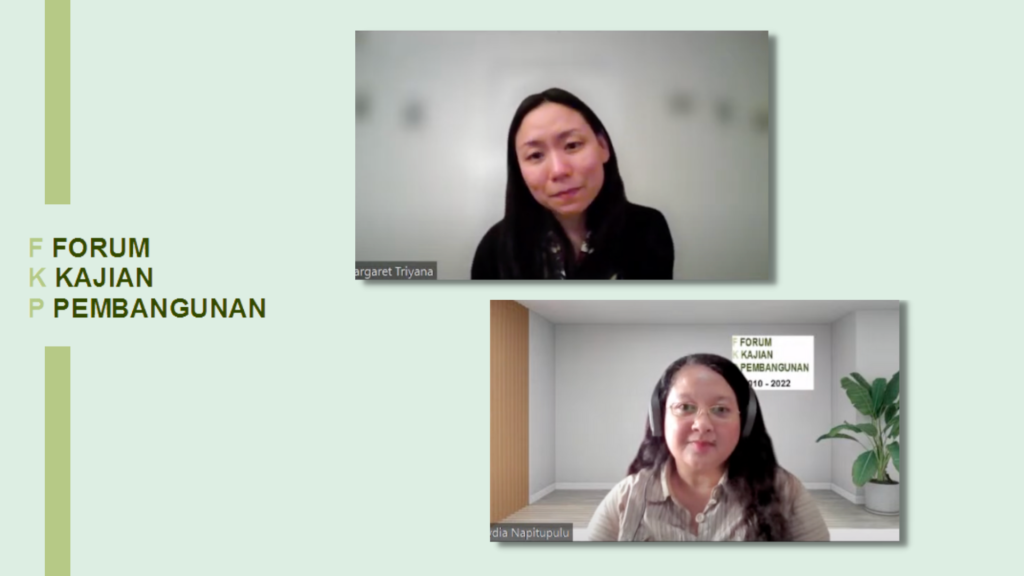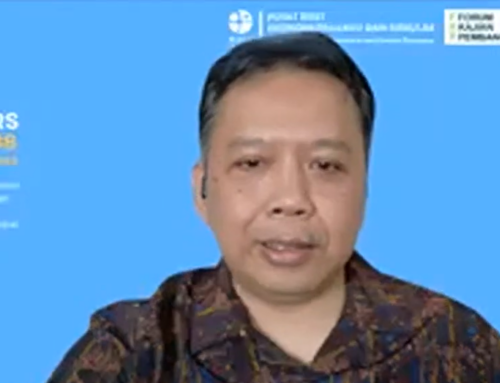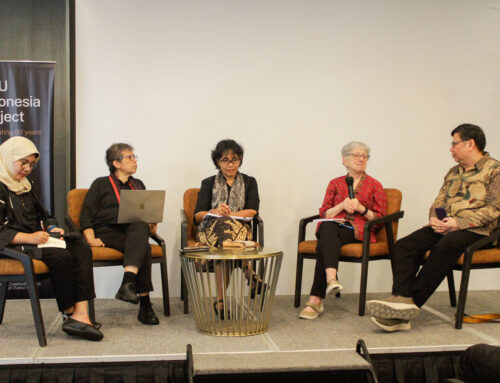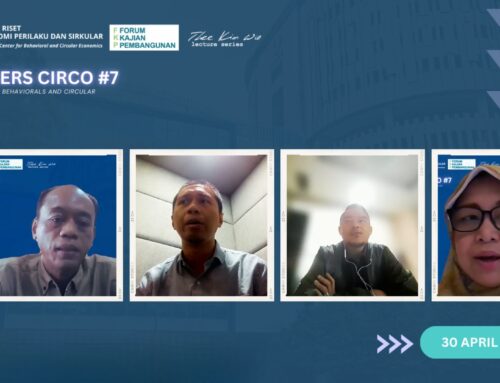FKP hosted by J-PAL Southeast Asia with Margaret Triyana (The World Bank and J-PAL Southeast Asia). Friday, 1 April 2022
KEY POINTS:
- Indonesia has the highest male smoking prevalence globally. Moreover, there has been an increase in youth smoking prevalence from 1990-2019. Policymakers have a growing interest in non-tax tobacco control strategies, including prevention programs. However, previous incentive-based programs relied largely on monetary rewards, rarely targeted adolescents, and mostly implemented in high-income settings.
- J-PAL conducted a school-based field experiment that used non-monetary penalties and engagement of students’ social networks. Students were asked to sign a non-monetary commitment. Students were invited to sign an individual commitment pledge and schools were asked to compete on getting the highest tobacco abstinence rate. The results of this experiment show that the individual pledge is effective to reduce the probability of smoking. However, adding school competition has no additional effect.
SUMMARY
- Indonesia has the highest male smoking prevalence globally. Moreover, there has been an increase in youth smoking prevalence from 1990-2019. Adolescents report first smoking between the ages of 12 and 13, and bout 34% of all middle-school male students currently smoke and 56% have tried smoking. Teen smokers are at risk of becoming addicted to nicotine and suffer from tobacco-related diseases such as respiratory and cardiovascular system damage. Ultimately, these health consequences reduce the youths’ productivity.
- Implementing rules for young people not to smoke has many challenges. Most children aged 13-15 who smoke report purchasing cigarettes from vendors despite legal prohibition since cigarettes are readily accessible to students at warungs located near schools. Cigarettes are also sold by the stick, which offer cheaper options. On top of that, the tobacco industry is an important source of revenue and employment in Indonesia so there is limited scope for national tobacco control strategies, like tobacco taxation. Policymakers have a growing interest in non-tax tobacco control strategies, including prevention programs. However, previous incentive-based programs relied largely on monetary rewards, rarely targeted adolescents, and were mostly implemented in high-income settings.
- J-PAL conducted a school-based field experiment that used non-monetary penalties and engagement of students’ social networks. The experiment involved 2,700 students from 72 middle schools in Sleman and Kulon Progo, Yogyakarta. There are two treatment groups that received the intervention. In the first groups, students were asked to sign a non-monetary individual commitment pledge to not smoke, and their parents were invited to sign a similar pledge to monitor their children. Schools would then monitor smoking status bi-weekly for 5 months. Students who failed to comply would be given demerit points in school and also a parental notification on third and subsequent infractions.
- In the second treatment group, students were also invited to sign an individual pledge, and in addition their schools were asked to compete on getting the highest tobacco abstinence rate. Schools would receive bi-weekly messages if they are in the top 10. In the 5th month of the experiment, schools that are in the top 10 were given a plaque by the local government. Every two weeks for 5 months, students were given forms that asked whether they smoke or if they saw anyone smoking. There is also an unannounced spot check in the 3rd month to control for students who lied in their reports. Students can also report directly to the student council, discipline master, or email/text program administrator.
- The experiment shows that the individual pledge is effective to reduce the probability of smoking. Tobacco abstinence among students in the individual pledge arm increased by 6.5%, three months after the start of the program. This effect remained similar eight months after the program started. Because class monitoring had ceased by then, this indicates that monitoring alone did not drive the program effect. However, adding school competition has no additional effect. The pledge plus school competition resulted in a 2.5 to 3.7-point increase in smoking abstinence, although none of the estimates reached statistical significance.
- There is also an indication of the role of peer influence in tobacco abstinence. Students with more friends who abstain from tobacco use are 3 to 5 percentage points more likely to abstain themselves. Students in program schools reported smoking less with their friends compared with control students, this is consistent with reduced acceptability of smoking among peers.
- It was expected that the school competition arm would activate students’ fear of social sanctions and group identity, translating into pressure to comply. However, the token reward of acknowledgment from the Department of Education may not have sufficiently motivated individual students to change their behavior or shift smoking norms. In terms of knowledge, there is no significant improvement in treated students’ tobacco knowledge after the trial compared with the control group.
- In conclusion, the evidence suggests that the non-monetary penalty is effective for preventive health behavior. There may be opportunities to enhance commitment intervention by leveraging the forces of social networks. Also, it is important to test whether such programs can be scaled in tobacco-producing areas of Indonesia, where local resistance may be stronger.





